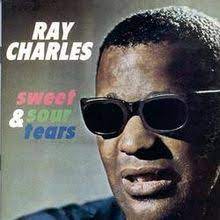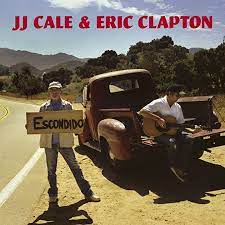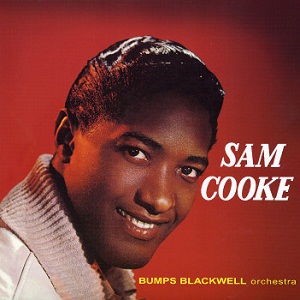Tutorial Pricing: $3.25ea OR any 10 for $10
(use code "Any10410" at checkout)
Paid Requests for $25ea
(comes with any 8 freebies -> so 9 for $25)
100's Of Free Demos & Chord Sheets
- Home
- Motown Pop & Blues
- Best Neil Diamond Songs
Best Neil Diamond Songs
On The Acoustic
Here on this best Neil Diamond songs page you'll find a collection of demo covers, free chord sheets, rhythm tips and more on how to play a few Neil Diamond songs on the acoustic.
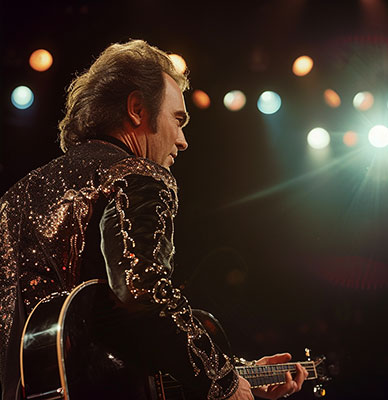
If you need to purchase the full video lesson, you can for a few bucks each or less with a bulk purchase. I'll eventually be using Neil Diamond album covers below to indicate the source of the original song.
And Pay The Grass No MindBeautiful Noise
Cherry Cherry
Cracklin Rosie
Forever In Blue Jeans
Girl You'll Be A Woman Soon
Hello Again
I Am I Said
If You Know What I Mean
Kentucky Woman
Longfellow Serenade
Shilo
Solitary Man
Song Sung Blue
Sweet Caroline
The Story Of My Life
Who Is Neil Diamond?

Neil Diamond is an American singer-songwriter and musician who has been a prominent figure in the music industry for several decades. Born on January 24, 1941, in Brooklyn, New York, as Neil Leslie Diamond, he has had a diverse career that spans various genres, including pop, rock, and adult contemporary music.
Diamond's songwriting talents and distinctive voice contributed to his success, earning him a place among the most celebrated artists in the music world. He became known for his engaging live performances and a string of hit songs that have left a lasting impact on popular music.
Some of Neil Diamond's most well-known songs include "Sweet Caroline," "Cracklin' Rosie," "Song Sung Blue," "America," and "I Am... I Said." His contributions to the music industry have earned him numerous awards, and he has been inducted into the Songwriters Hall of Fame and the Rock and Roll Hall of Fame.
Apart from his musical achievements, Neil Diamond has also ventured into acting and has a star on the Hollywood Walk of Fame. His enduring career has made him one of the best-selling music artists globally, and his influence continues to resonate in the world of popular music.
Best Neil Diamond Songs
Chords, Lyrics, Pdfs, Tutorials
And The Grass Won't Pay No Mind
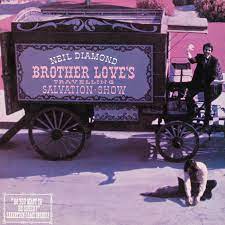
And The Grass Won't Pay No Mind is a song from Neil Diamond's 1969 album "Brother Love's Travelling Salvation Show."
The lyrics delve into themes of love, nature, and the passage of time. The singer reflects on a lost love, feeling the pain of absence, while observing that nature continues to thrive, indifferent to their sorrow.
This song has been covered by many artists, with one of the most notable versions by Elvis Presley, who included it on his 1969 album "From Elvis in Memphis."
While the song is cherished by many, it didn't achieve significant chart success, except in Australia, where it reached number 92.
Jump To Top
Beautiful Noise
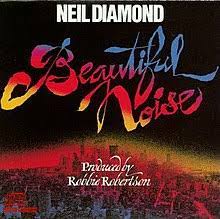
Beautiful Noise is a song from Neil Diamond's 1976 album of the same name. He sings about how wonderful music is, finding it in everyday sounds like kids playing or city streets. He calls these sounds a "beautiful noise," bringing people together and making life happier.
The song is lively and joyful, blending pop and folk rock, popular in the 1970s. It was a big hit, reaching 13th on the Billboard Hot 100 in the US and 2nd in Canada.
Neil Diamond often sings "Beautiful Noise" at his concerts, spreading joy with its cheerful vibe. You can download the lyrics for free.
Jump To Top
Cherry Cherry
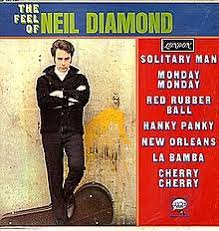
Cherry Cherry is a classic rock hit by Neil Diamond, released in 1966. It marked a turning point in his career, making him a well-known singer-songwriter.
The song's upbeat melody and catchy guitar riff became iconic. It's all about the thrill of young love, with Diamond likening his sweetheart to a ripe cherry ready to be picked.
"Cherry, Cherry" soared to No. 6 on the Billboard Hot 100 chart, propelling Diamond to fame. Its infectious rhythm and his passionate vocals made it a lasting favorite.
Fans still love "Cherry, Cherry," a highlight of Diamond's live shows. It's hailed as one of his best, a timeless classic that rocked the charts in both the US and Canada.
Jump To Top
Cracklin Rosie
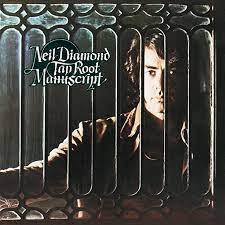
Cracklin Rosie is a famous Neil Diamond song released as a single in 1970 and later featured on his album "Tap Root Manuscript." Its catchy tune helped establish Diamond as a top singer-songwriter of the 1970s.
The song hit number one on the Billboard Hot 100 chart in the US, marking a milestone for Diamond. It also topped charts in Canada, New Zealand, and the second spot in Australia and Ireland.
Diamond still performs "Cracklin' Rosie" at concerts, delighting audiences with its lively vibe. Its enduring popularity confirms its place as one of his best-loved classics.
Jump To Top
Forever In Blue Jeans
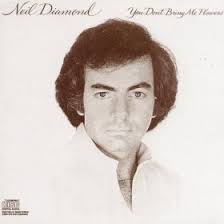
Forever In Blue Jeans is a heartfelt song by Neil Diamond, released in 1977. It's featured on his album "You Don't Bring Me Flowers" and stands out as a duet with Barbra Streisand.
The song topped the Billboard Hot 100 chart in the US and earned a Grammy Award for Best Pop Performance by a Duo or Group with Vocal. It reached #2 in Canada.
Originally recorded separately, a radio DJ's mix of both versions led to the iconic duet release. "Forever In Blue Jeans" remains a timeless love ballad, cherished for its portrayal of enduring love and happiness.
Jump To Top
Girl You'll Be A Woman Soon
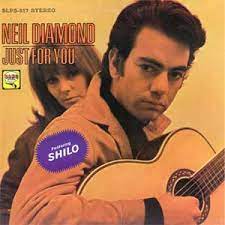
Girl You'll Be A Woman Soon is a number from Neil Diamond released in 1967 on his album "Just For You." It's been covered by various artists over the years, marking an important part of Diamond's early career
The song peaked at number 10 on the Billboard Hot 100 chart in the US, boosting Diamond's fame. It was also successful in Canada and Australia.
Notably, it was covered by Urge Overkill for the movie "Pulp Fiction" in 1994, introducing it to a new audience and increasing its popularity.
Jump To Top Of Best Neil Diamond Songs
Hello Again
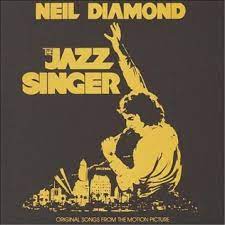
Hello Again is a romantic song by Neil Diamond, released in 1980 on his album "The Jazz Singer." It's adored for its beautiful lyrics and gentle melody.
The lyrics express a longing to reconnect with someone special, celebrating the happiness of being reunited. The title, "Hello Again," captures the joy of seeing that person once more.
"Hello Again" reached No. 6 on the Billboard Hot 100 chart in the US and earned Diamond a Grammy Award nomination for Best Pop Male Vocal Performance, peaking at No. 3.
Jump To Top
I Am I Said
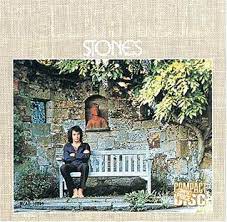
I Am I Said is a well known Neil Diamond song from his 1971 album "Stones." It's recognized as one of his most iconic tracks, serving as the album's sole single.
Upon release, "I Am I Said" reached No. 4 on the Billboard Hot 100 chart in the US, and No. 1 in Ireland and New Zealand, with top 10 placements in other countries.
Its enduring popularity solidifies its status as a timeless classic, resonating with audiences through its exploration of self-identity and the search for belonging.
Jump To Top
If You Know What I Mean
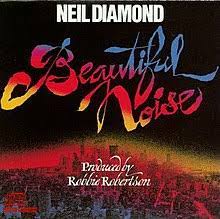
If You Know What I Mean is a song by Neil Diamond, released in 1976 on his album "Beautiful Noise." It's a notable track that added to Diamond's success as a singer-songwriter in the 1970s.
Upon release, "If You Know What I Mean" topped charts in the US and Canada and reached the top 10 in The Netherlands and New Zealand. It also performed well in other countries, solidifying Neil Diamond's status as a prominent artist of the time.
This one you can play with down strokes and them play a down down up down up down up rhythm pattern and repeat in standard tuning. Just a few riffs in places with the chords Bm, A, G, D, Em, D/Gb A7sus and an Fmaj7.
Jump To Top
Kentucky Woman
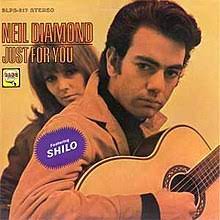
Kentucky Woman hit the music scene in 1967, making its mark as a catchy and well-received single. It climbed to No. 22 on the Billboard Hot 100 chart in the United States.
The song is part of Neil Diamond's album "Just for You," released the same year. While "Kentucky Woman" contributed to Diamond's success, he later achieved even greater fame with hits like "Sweet Caroline" and "Cracklin' Rosie."
The song's popularity endured through the years, with various artists covering it.
Use a steady up and down rhythm pattern in standard tuning with a capo 4th fret for this one. A quick riff in one place but no lead as you play the chords G. C, D, C/G and an Am7.
Jump To Top
Longfellow Serenade
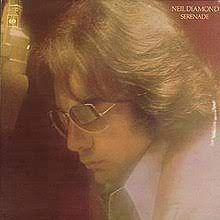
Longfellow Serenade is a romantic song by Neil Diamond, released in 1974 on his album "Serenade." It's one of his well-known tracks, celebrated for its heartfelt lyrics and beautiful melody.
The song blends pop and soft rock, typical of his 1970s music, creating a romantic atmosphere that's perfect for weddings and special occasions.
Upon release, the song topped charts in the US and Canada and ranked in the top 10 in several other countries. This success helped cement Neil Diamond's reputation as a talented singer-songwriter.
This one has a down up down up and repeat rhythm pattern with a few slides and bass runs while played in standard tuning. You'll need the D, C, G6, Am7, G, A7, Dmaj7, A and D7 chords and a capo 2nd fret to bring this one together.
Jump To Top Of Best Neil Diamond Songs
Shilo
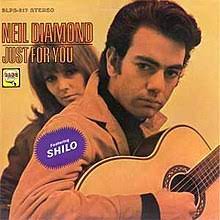
Shilo was recorded in 1967. The song can be found on his 1968 album titled "Just for You."
While "Shilo" was not a major chart-topping hit, it did manage to reach number 24 on the Billboard Adult Contemporary chart. "Shilo" holds a special place in Neil Diamond's discography, as it's a heartfelt and autobiographical song.
Diamond wrote the song about an imaginary childhood friend named Shilo, helping him cope with loneliness during his early years.
Only four chords here and they are C, Dm, G and an F with a bit of arpeggio notes followed by a down up stop up and repeat pattern. A little picking and some riffs in here while in standard tuning.
Jump To Top
Solitary Man
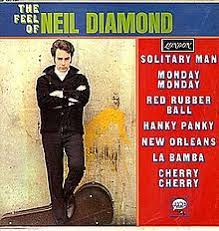
Solitary Man is one of Neil Diamond's early hits, released in 1966 as a single. It's a key song that helped establish him as a prominent singer-songwriter.
The lyrics tell the story of a man reflecting on his loneliness and the challenges he faces. Despite these struggles, he remains strong and continues to seek love and connection. The title phrase, "Solitary Man," captures the narrator's feelings of isolation and perseverance.
Upon release, "Solitary Man" reached No. 55 on the Billboard Hot 100 chart in the U.S. While it wasn't an immediate massive hit, it laid the groundwork for Neil Diamond's future success.
Played in standard tuning with the chords Em, Am, G, C and a D, you'll play a down down up down up down up rhythm pattern broken with a few arpeggio notes on the Em, A few slides for the lead break but that's about all.
Jump To Top
Song Sung Blue
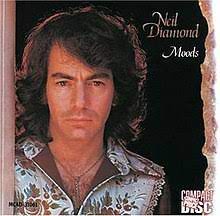
Song Sung Blue is a hit song by Neil Diamond from his 1972 album "Moods." It topped the Billboard Hot 100 chart in 1972 and became one of Diamond's signature songs. It also earned a Grammy nomination for Song of the Year in 1973, boosting Diamond's reputation as a talented singer-songwriter.
Neil
Diamond got the idea for "Song Sung Blue" from a soccer match he
attended in 1971, where the crowd's chanting inspired the song's joyful
chorus.
The recording features a Hammond organ, adding to its unique sound along with guitar and percussion. Andy Williams also recorded a notable version that charted on the Billboard Hot 100.
A simple root down root up down up rhythm pattern in standard tuning. You'll pick a melody pattern midway through the song while playing the chords C, A#, Am, G, G7, C7, F and a Dm.
Jump To Top
Sweet Caroline
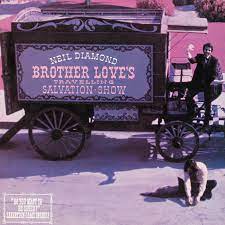
Sweet Caroline is one of Neil Diamond's most famous songs. Released in 1969 on the album "Brother Love's Travelling Salvation Show," it quickly became a beloved classic. The song is especially popular at Boston Red Sox games.
"Sweet Caroline" is an upbeat love song about a man with deep feelings for a woman named Caroline. Its famous chorus, "Sweet Caroline, bah bah bah," encourages people to sing along, making it a favorite at parties and events.
The song was inspired by Caroline Kennedy, the daughter of President John F. Kennedy, after Neil Diamond saw a photo of her in a magazine. Although it wasn't an immediate chart-topper, "Sweet Caroline" has become one of Neil Diamond's most cherished songs, known for its joyful melody and sing-along chorus.
You can play a down down down up down up and repeat rhythm pattern with a bit of a shuffle as you enter into the chorus. A few riffs but no lead work while in standard tuning with the chords E, A, D, Gbm, Dmaj7, Dbm and Bm.
Jump To Top
The Story Of My Life
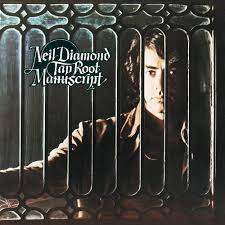
The Story of My Life is a song written and performed by Neil Diamond. It's a reflective and introspective piece that explores the journey and experiences of the narrator's life. The lyrics delve into various aspects of life, including love, loss, and personal growth.
While "The Story of My Life" may not be as well-known as some of Diamond's other hits, it's appreciated by fans for its sincere and poignant portrayal of life's ups and downs.
Play the chords C, G7, F, Fmaj7, G, Am7, Am and a Dm in standard tuning. You'll play a 1-2 up down rhythm pattern where 1-2 are arpeggio notes on the chord you're on. No lead in this one.
Jump To Top Of Best Neil Diamond Songs
Thanks for stropping by my best Neil Diamond songs page and I hope the info here helps you learn some of the best Neil Diamond songs for the acoustic player.
If you like these best Neil Diamond songs you might also like ... (click image)
Neil Diamond Documentary
Motown Rhythm And Blues
